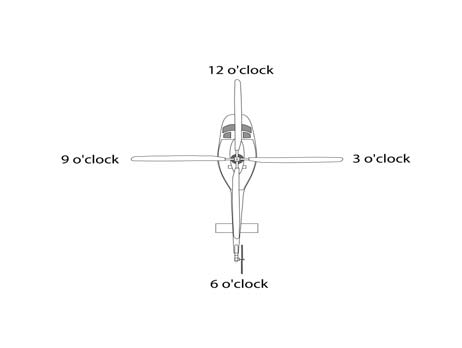Index
589
-- Page 590 --
591
AIM 12/10/15
e. Helping the Flightcrew Locate the Scene 4. When the helicopter approaches the scene, it
1. If the LZ coordinator has access to a GPS unit, will normally orbit at least one time as the flight crew
the exact latitude and longitude of the LZ should be observes the wind direction and obstacles that could
relayed to the HEMS pilot. If unable to contact the interfere with the landing. This is often referred to as
pilot directly, relay the information to the HEMS the "high reconnaissance" maneuver.
ground communications specialist for relaying to the f. Wind Direction and Touchdown Area
pilot, so that they may locate your scene more
efficiently. Recognize that the aircraft may approach 1. Determine from which direction the wind is
from a direction different than the direct path from the blowing. Helicopters normally land and takeoff into
takeoff point to the scene, as the pilot may have to the wind.
detour around terrain, obstructions or weather 2. If contact can be established with the pilot,
en route. either directly or indirectly through the HEMS
2. Especially in daylight hours, mountainous ground communications specialist, describe the wind
and densely populated areas can make sighting a in terms of the direction the wind is from and the
scene from the air difficult. Often, the LZ coordinator speed.
on the ground will be asked if she or he can see or hear 3. Common natural sources of wind direction
the helicopter. information are smoke, dust, vegetation movement,
3. Flightcrews use a clock reference method for water streaks and waves. Flags, pennants, streamers
directing one another's attention to a certain direction can also be used. When describing the direction, use
from the aircraft. The nose of the aircraft is always the compass direction from which the wind is
12 o'clock, the right side is 3 o'clock, etc. When the blowing (example: from the North-West).
LZ coordinator sees the aircraft, he/she should use
this method to assist the flightcrew by indicating the 4. Wind speed can be measured by small
scene's clock reference position from the nose of the hand-held measurement devices, or an observer's
aircraft. For example, "Accident scene is located at estimate can be used to provide velocity information.
your 2 o'clock position." See FIG 10-2-6. The wind value should be reported in knots (nautical
miles per hour). If unable to numerically measure
FIG 10-2-6 wind speed, use TBL 10-2-3 to estimate velocity.
"Clock" System for Identifying Positions Also, report if the wind conditions are gusty, or if the
Relative to the Nose of the Aircraft
wind direction or velocity is variable or has changed
recently.
5. If any obstacle(s) exist, ensure their descrip-
tion, position and approximate height are
communicated to the pilot on the initial radio call.
10-2-12 Special Operations
 FIG 10-2-6 wind speed, use TBL 10-2-3 to estimate velocity.
"Clock" System for Identifying Positions Also, report if the wind conditions are gusty, or if the
Relative to the Nose of the Aircraft
wind direction or velocity is variable or has changed
recently.
5. If any obstacle(s) exist, ensure their descrip-
tion, position and approximate height are
communicated to the pilot on the initial radio call.
10-2-12 Special Operations
FIG 10-2-6 wind speed, use TBL 10-2-3 to estimate velocity.
"Clock" System for Identifying Positions Also, report if the wind conditions are gusty, or if the
Relative to the Nose of the Aircraft
wind direction or velocity is variable or has changed
recently.
5. If any obstacle(s) exist, ensure their descrip-
tion, position and approximate height are
communicated to the pilot on the initial radio call.
10-2-12 Special Operations